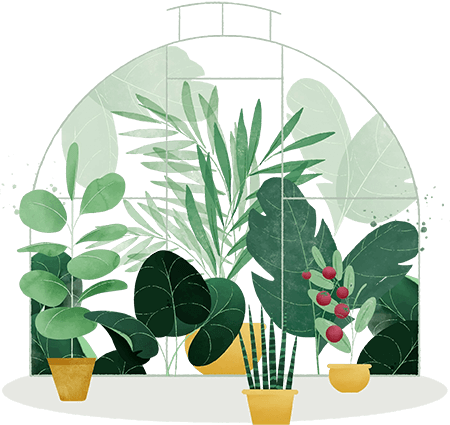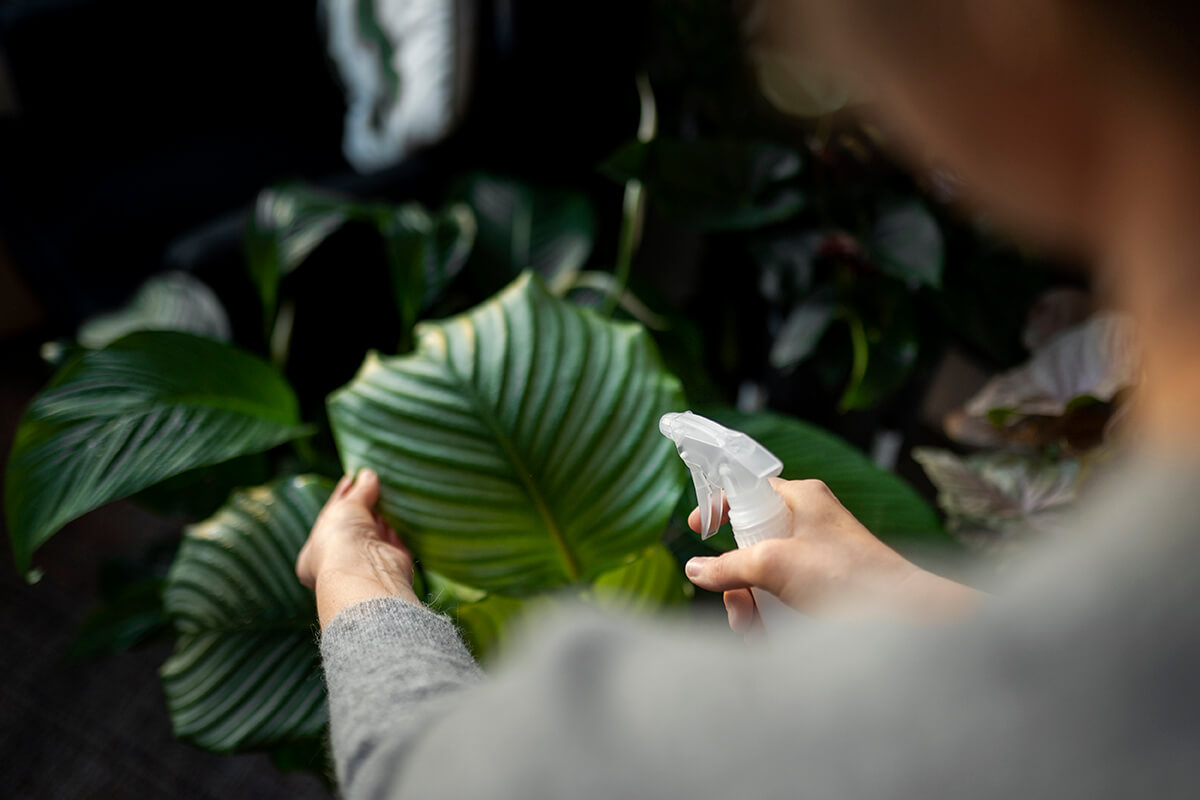The Propeller Plant (Crassula falcata) is a unique succulent known for its flat, gray-green leaves that look like airplane blades, and its stunning red blooms. If you’re a first-time owner, you might be unsure about how often to water, how much water the plant really needs, or whether Crassula falcata likes misting or higher humidity. The good news is, this resilient plant is a forgiving companion—but, like all succulents, it does have specific needs when it comes to water.
Let’s walk through everything you need to know about watering your Propeller Plant, from how much and how often, to smart apartment-friendly tips for keeping it happy and healthy.
How Often Should You Water a Propeller Plant?
The most important thing to remember: less is more when watering Crassula falcata.
- In spring and summer: Water every 2–3 weeks, or when the soil is completely dry.
- In fall and winter: Water about once a month—or even less if your home is cool.
Never stick to a strict schedule. Instead, always let the soil totally dry out between waterings. Poke your finger into the pot; if the surface and an inch or two beneath feel dry, it’s time to water.
How Much Water Does Crassula falcata Need?
This plant’s thick, fleshy leaves let it store water for drier times. That means Crassula falcata likes a good soak—but only when it’s truly thirsty.
- Water until it just starts to run out of the pot’s drainage holes.
- Empty any excess water in the saucer after watering.
Tip: If you’re using a small pot in an apartment, about half a cup to one cup of water is usually enough, depending on the pot size. Avoid drowning your plant!
Does Propeller Plant Need Misting or High Humidity?
It might seem helpful to mist your plant, but Crassula falcata does not like being misted or sprayed. Its leaves can actually rot if they stay wet.
Humidity needs: The Propeller Plant prefers dry air. Standard indoor humidity (20–50%) is perfect. There’s no need for extra humidifiers or pebble trays.
Is Propeller Plant Sensitive to Overwatering?
Absolutely! Overwatering is the fastest way to harm a Crassula falcata. Signs of too much water include mushy or transparent leaves, black spots, or an unpleasant smell from the soil. If you accidentally overwatered, it’s okay—just wait longer before watering again. Let the plant recover by keeping it in a bright, airy spot and removing any soggy or yellowing leaves.
Is Crassula falcata Drought Tolerant?
Yes, the Propeller Plant is very drought tolerant. It would much rather go a bit dry than sit in soggy soil. If you forget to water for a week or two, this tough succulent will forgive you!
Bottom Watering vs. Top Watering: Which is Better for Propeller Plant?
Both methods can work, but for the Crassula falcata, top watering is usually best:
- Pour water onto the soil surface, never on the leaves.
- Let water drain out the holes at the bottom if possible.
- Avoid letting the pot sit in water.
Bottom watering (letting the pot absorb water from a tray below) works if you have time, but be sure to dump out any remaining water after 15–20 minutes. Never let the plant stand in water.
What Should You Do With Excess Water?
Always, always pour away any water that collects in the saucer or cachepot below the pot. Standing water is the enemy of healthy succulents and can lead to root rot. If you’ve overdone it, gently tilt the pot or use a paper towel to soak up extra water.
Quick Watering Tips for Apartment Dwellers
- Pick pots with drainage holes.
- Avoid using spray bottles—they make leaves too damp.
- Use well-draining cactus or succulent soil to prevent soggy roots.
- Don’t water on a routine; instead, check the soil first.
Summary: Keep Your Propeller Plant Happy with Smart Watering
Watering Propeller Plant (Crassula falcata) doesn’t have to be stressful. Remember—let the soil dry fully, water deeply but rarely, skip the misting, and empty any leftover water. With these simple steps, your Crassula falcata will show off healthy leaves and brilliant blooms for years to come. Even if you’ve made watering mistakes before, your Propeller Plant is ready to thrive with a little care!


